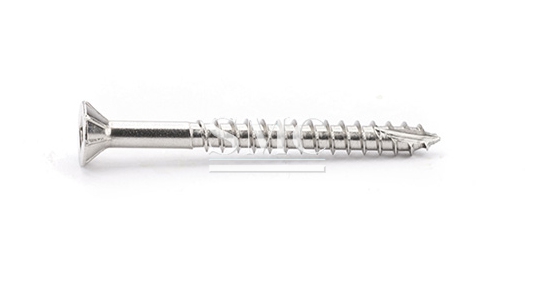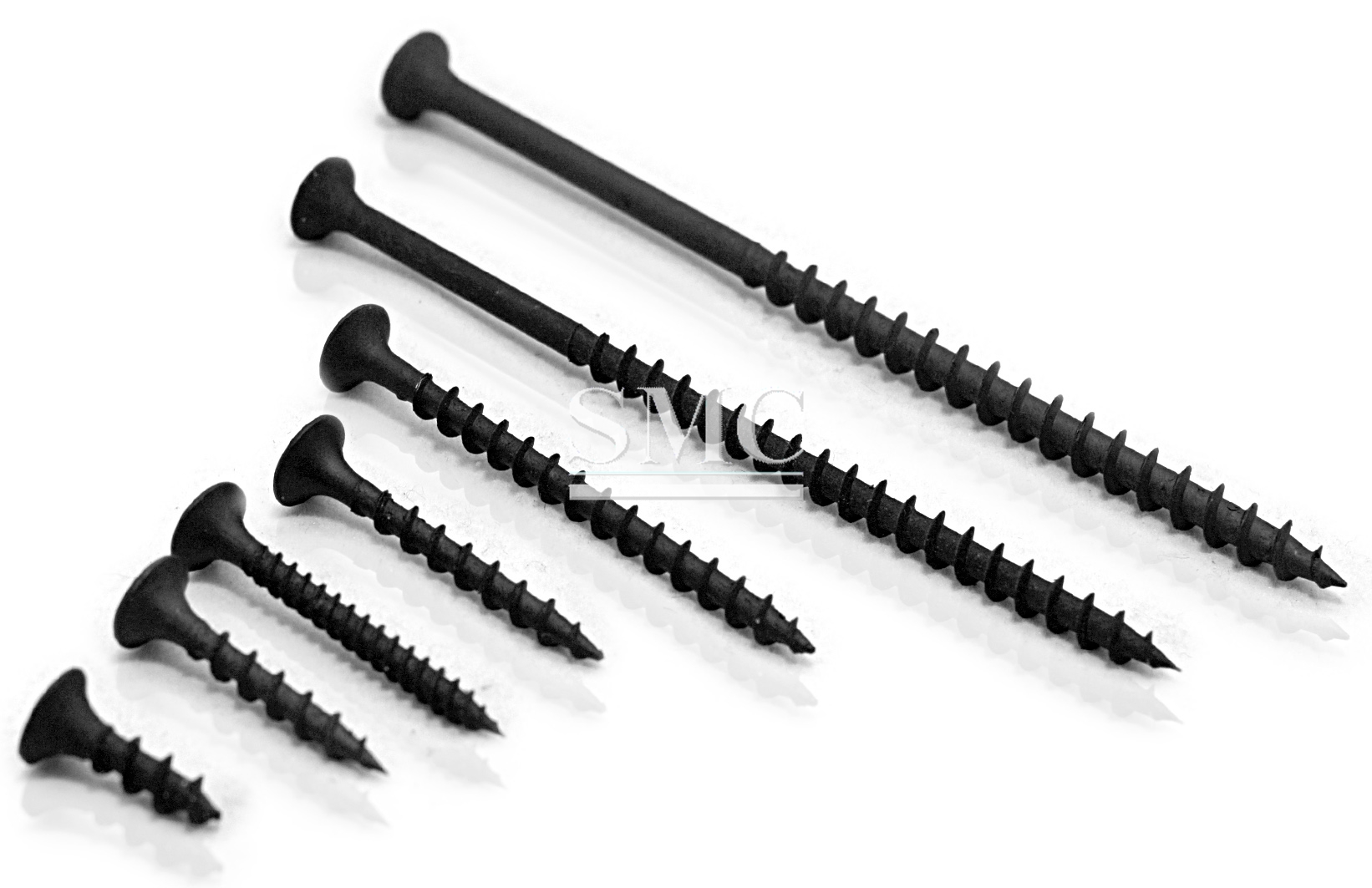
- Company overview The heart of SMC Vision & Philsophy Partnership Certifications Company culture
- Our service Design and Engineering Maintenance and Service Examine Production Line Upgrade and Transformation Storage and Logistics Processing, Trading and Distributor
- Management Our history Global responsibility Info Center
- Procurement center Internship
- Metal Steel Products Stainless Steel Products Aluminum Products Copper Products Galvanized Steel and PPGI Special Alloy Building Material
- Containers ISO Standard Container Equipment Container Storage Container Refrigerated/Reefer Container Offshore Container Container House Tank Container Container Fittings Container Trailer
- Gas Cylinder & Fire Extinguisher Cryogenic Liquid Cylinder Oxygen Gas Cylinder Storage Tank CNG Gas Cylinder LPG Gas Cylinder Hydrogen Gas Cylinder Nitrogen Gas Cylinder Industry Gas Cylinder Fire Extinguisher
- Metal Machinery Forming Machine Cutting Machine Processing Machine Bending Machine Block Machine Other Machinery Motor Spare Parts
- Mechanical Products Miscellany Mooring Equipment Marine Equipment Vehicle Industry Pressure Vessel Conveyor Belt Laser Equipment Bearing
- Electrical System Power Distribution Automation Electrical Cable Solar Power System Electric Protection System Transformer Production Line Lighting System
- Project Plastic Pipes and Pipe Fittings Fiberglass Reinforced Plastic Pontoon System
Wood screws vs drywall screws
Wood screws are better than drywall screws for woodworking projects. Drywall screws are made of hardened, brittle steel, and the shaft will often snap during installation, especially if they're screwed into hardwoods. That can be a disaster when you're working with finished material and you want to remove the screw to reposition something—it's nearly impossible to get the broken-off shank out of the wood without damaging the surface. Drywall screws are hardened so that the Phillips slots won't strip out under the stress from high-speed screw guns. Wood screws are thicker and made of softer metal, making them more snap-resistant.
 Different thread patterns make the screws work slightly differently too. Wood screws are smooth rather than threaded just below the screw head. The smoothsection of the shank slides by the top half of the wood so the head of the screw and the threads can more or less clamp both pieces of wood together.
Different thread patterns make the screws work slightly differently too. Wood screws are smooth rather than threaded just below the screw head. The smoothsection of the shank slides by the top half of the wood so the head of the screw and the threads can more or less clamp both pieces of wood together.
Drywall screws are threaded nearly all the way to the head. When you use a drywall screw to fasten two boards, the top threads will anchor in the top board and sometimes actually keep the two boards apart unless the two pieces are tightly clamped to begin with.

The bad news is that using wood screws requires a little more prep work. You not only need to drill a pilot hole for the threads but also a wider counterforce hole the length of the unthreaded shaft and then a countersink hole for setting the head. Sound like a lot of work? Just buy a set of three countersinking bits and they'll handle all three drilling chores at once for most common screw sizes. No more excuses for using the wrong screw.
Shanghai Metal Corporation is a trusted aluminum alloy, aluminum foil price, stainless steel price and stainless steel manufacturer, kinds of stainless steel in china.
